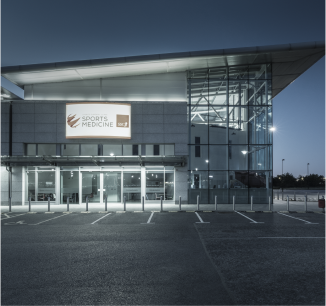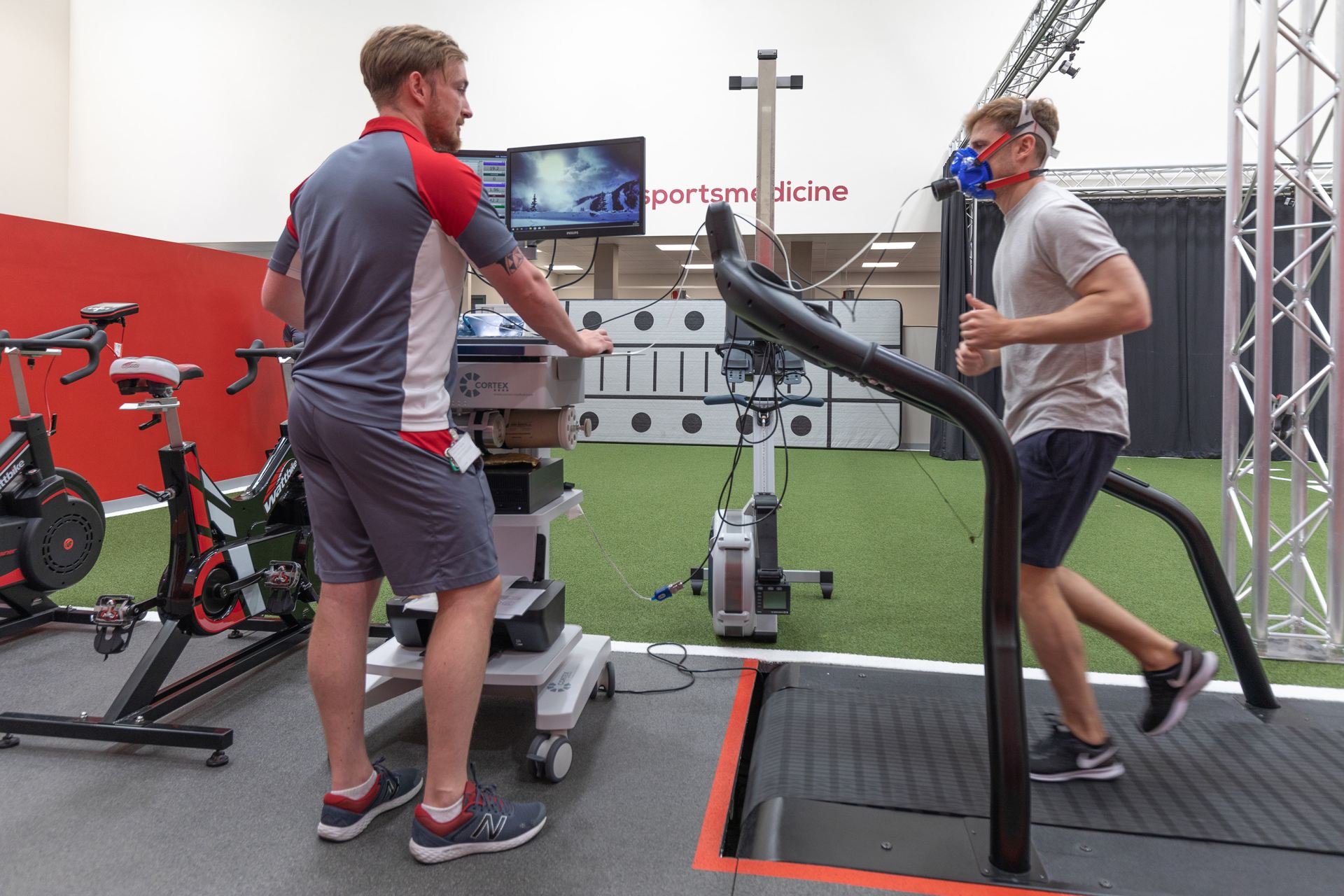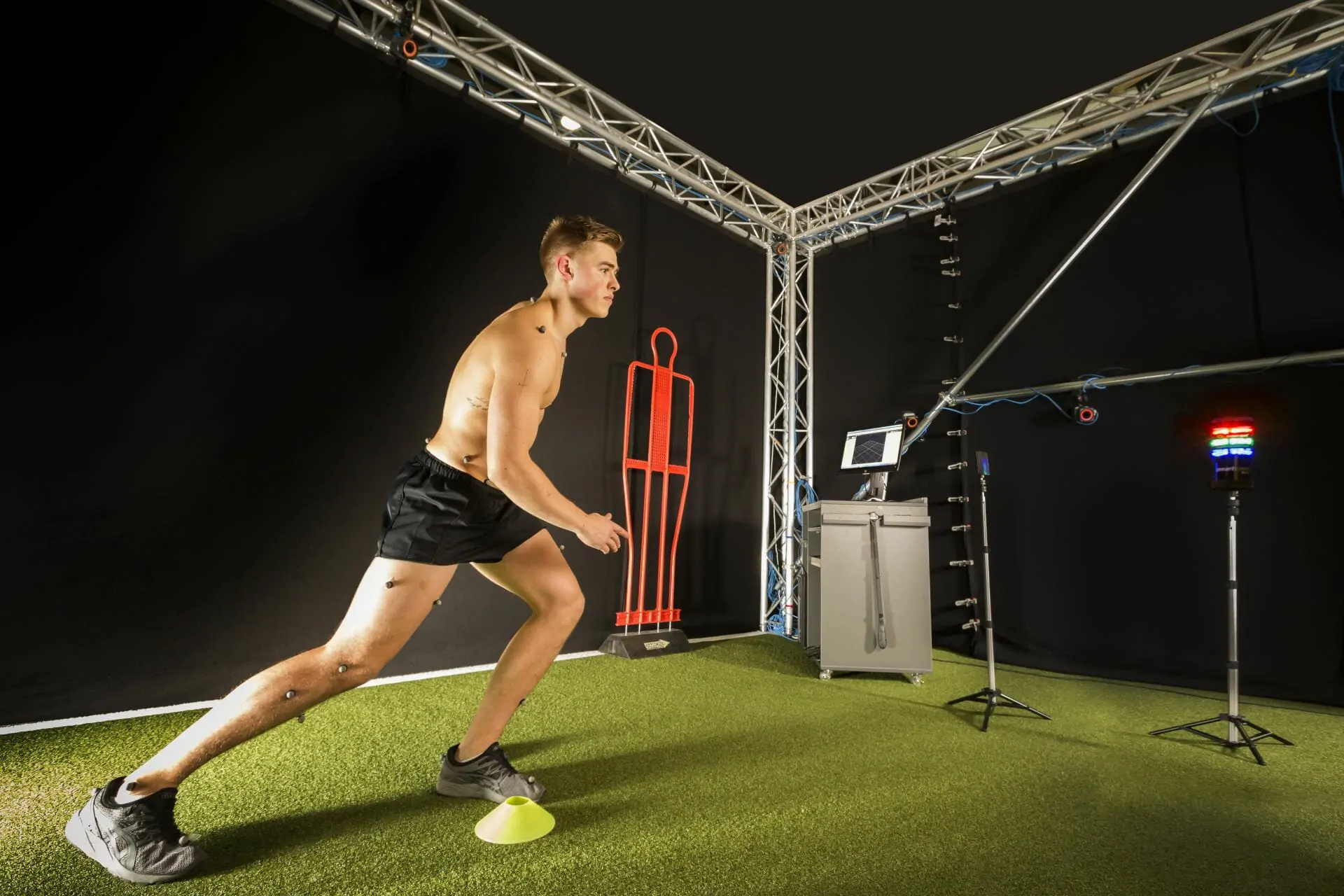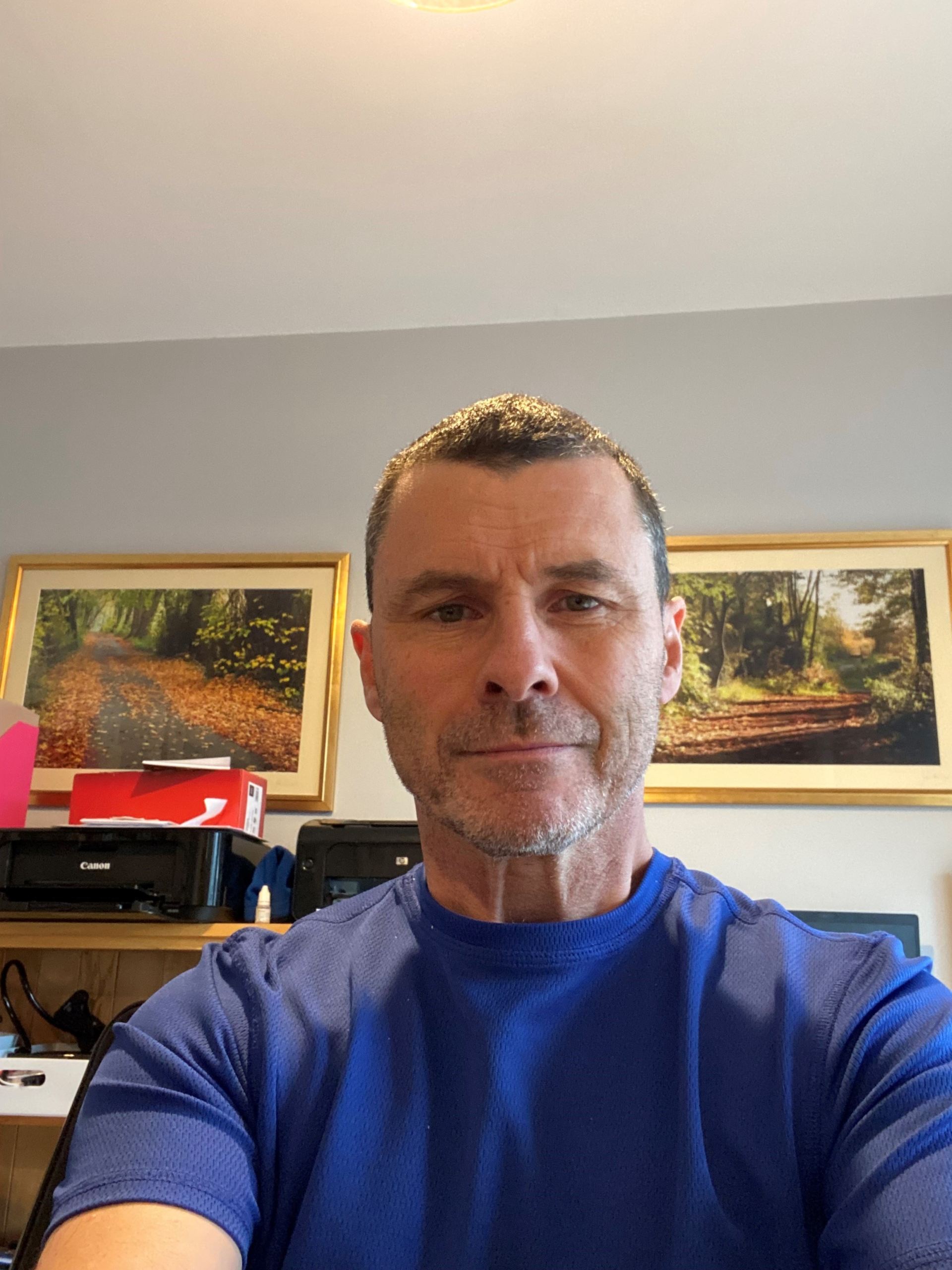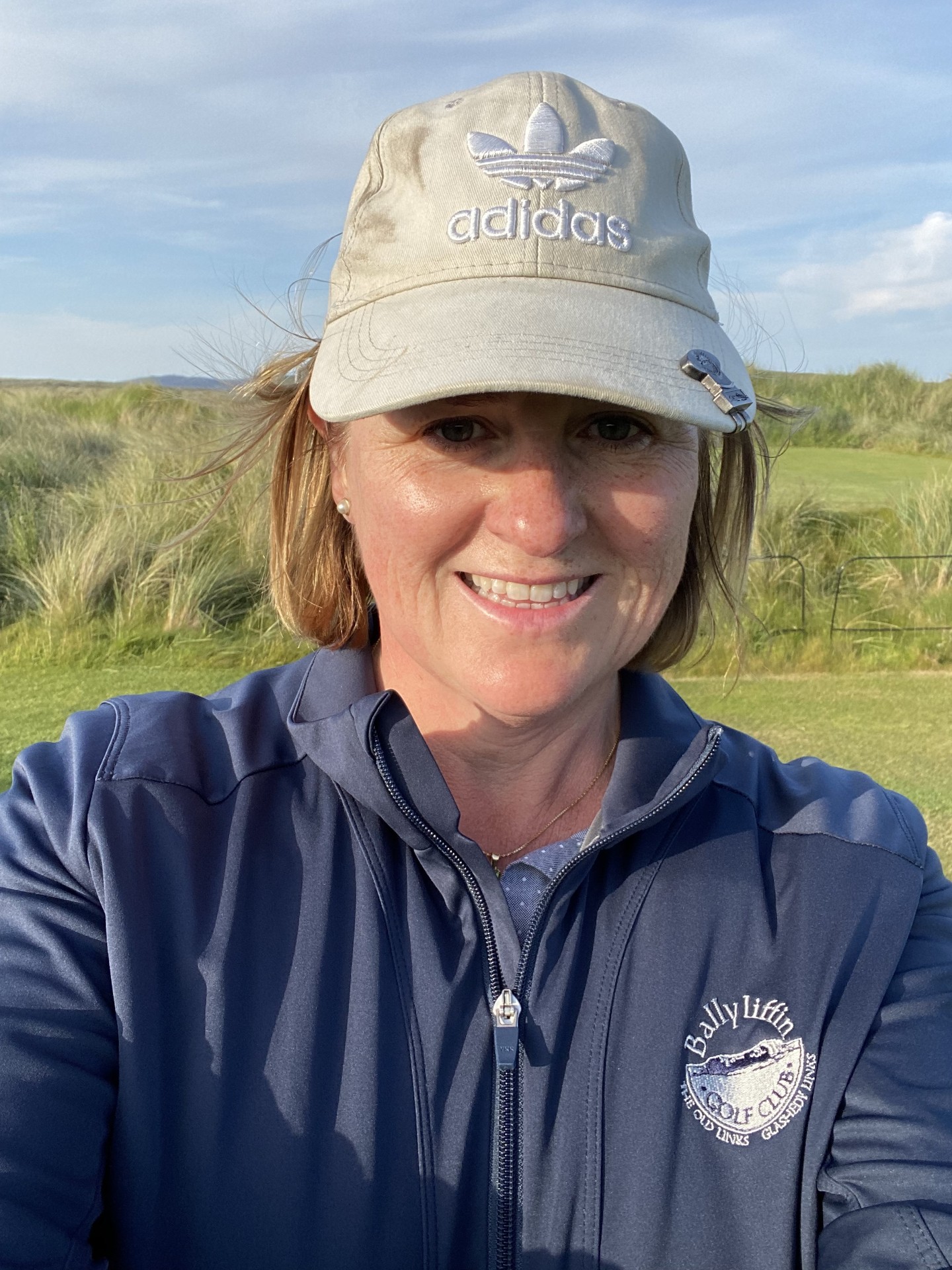Rotator Cuff Tears Explained
The rotator cuff consists of four muscles and their tendons, which surround the ball (humeral head) of the shoulder joint. The muscles fine-tune the movements of the shoulder and help keep the ball of the shoulder joint in its socket. The tendon of the rotator cuff passes through a narrow space between the top of the arm bone and a prominent bone on the shoulder blade (the acromion). The tendon is very vulnerable to being pinched here when the arm is moved especially above the head. Over time this pinching can lead to tears of the tendon. In other patients, a rotator cuff tear can result from an injury such as a fall.
When repeated tearing occurs, the fabric of the tendon becomes weakened and finally, like the cloth at the knees of old trousers, splits. This leads to pain, which can be severe. A weakness of the shoulder can occur and often clicking and crunching on movement. Other forms of treatment such as injection and physiotherapy are available but sometimes it is necessary to repair the tendon. How well this does will depend upon the size of the tear and the quality of the tendon tissue.
The Operation
This is carried out under a general anaesthetic. The tendon is repaired by stitching it to the bone through keyhole surgery through a number of 5mm wounds. During the procedure, the shoulder joint is filled with fluid which is gradually resorbed by the body over the following 2-3 days and this normal swelling resolves. The arm is then placed in a sling. Depending on the size of the tear the shoulder is immobilised for either three or six weeks. It is important to realise that it takes 6-12 months to derive full benefit from the surgery and that progress is gradual.
Immediate Post-Operative Period
After surgery, this shoulder may well be sore and you will be given painkillers to help this whilst in hospital. These can be continued after you are discharged home. Ice packs may also help reduce pain. Wrap crushed ice or frozen peas in a damp, cold cloth and place on the shoulder for up to 15 minutes. A sling which incorporates reusable ice packs is available from the physiotherapy department at the UPMC Sports Surgery Clinic.
Wearing a Sling
You will return from the operating theatre wearing a sling. Your surgeon will advise you on how long you are to continue wearing the sling. This is usually for between 2-4 weeks depending upon the size of the tear.
You will be expected to remove the sling for exercises only. Your physiotherapist will advise you of these.
Driving following Rotator Cuff Surgery
Your consultant will confirm when you may begin driving following Rotator Cuff Repair, generally after 4 weeks.
You may be able to drive earlier if you drive an automatic car.
Returning to Work Following Rotator Cuff Surgery
This will depend upon the size of your tear and your occupation. Your consultant will advise you on this.
| For further information on Rotator Cuff Repairs or for advice on how to make an appointment with an SSC Shoulder specialist please email infossc@upmc.ie |

